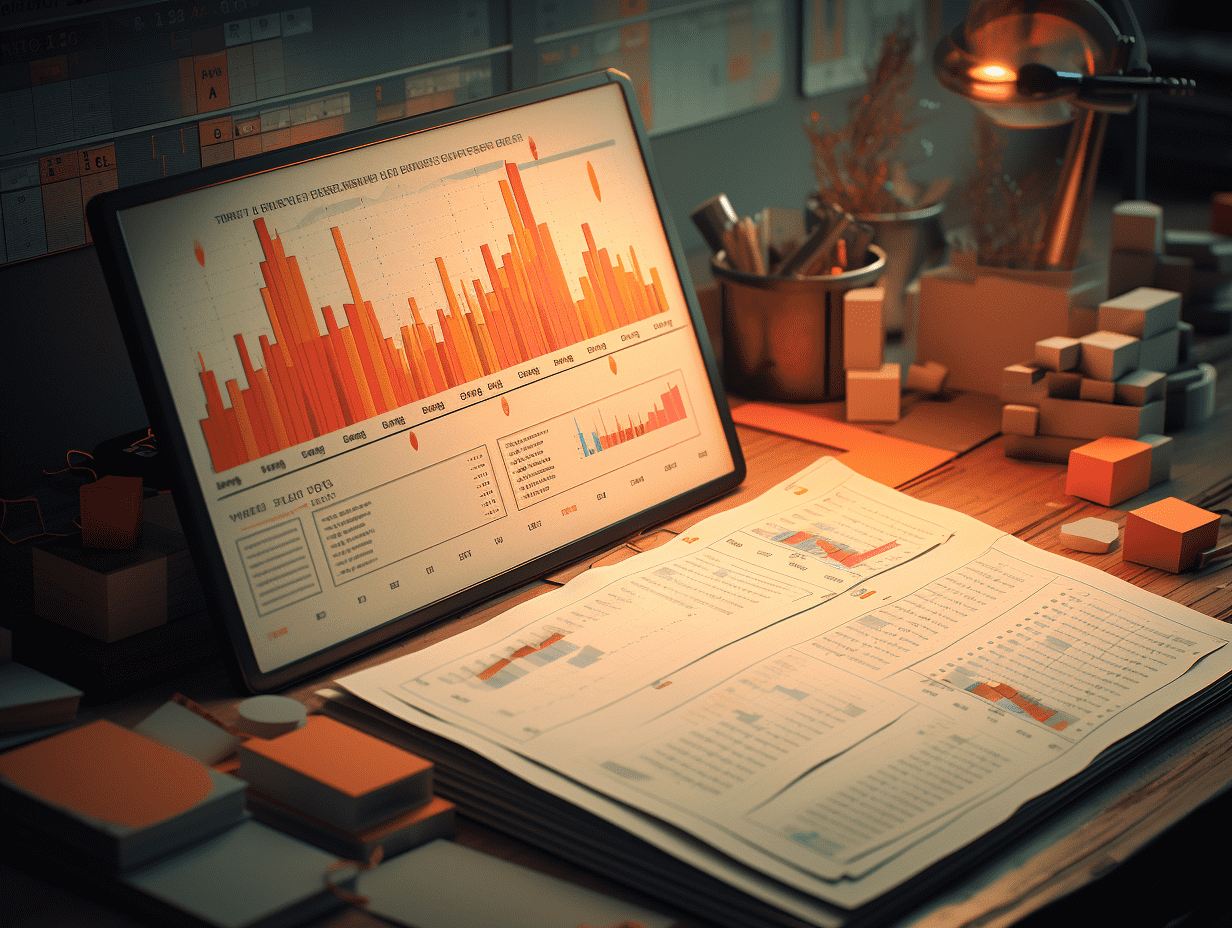The concept of "super long cycle logic" has gained mainstream recognition, and the aviation sector is experiencing a valuation recovery trend.
With the continuous rise of the aviation sector, this "value gap" seems to have shown a clear recovery trend.
In the past two to three years, affected by the epidemic and the stagnation of international routes, airline stocks have been at historically low valuations for a long time. Recently, with the continuous rise of the aviation sector, this "value gap" seems to have seen a significant recovery trend.
GMTEight observed that since October 9th, the aviation sector in the Hong Kong stock market has gradually and significantly increased. On October 9th, October 15th, and October 20th, the sector recorded growth rates of 3.47%, 5.68%, and 5.38% respectively, with a cumulative increase of 15.14% so far. Among them, CHINA EAST AIR (00670) has accumulated a high increase of 37.42%, and CHINA SOUTH AIR (01055) has accumulated an increase of 22.57%.
(Market data source: Futu)
The aviation sector has ushered in a strong recovery trend, why is this happening?
Increase in passenger volume + ticket price recovery, significantly improving industry prosperity
There is no doubt that the long National Day and Mid-Autumn Festival holiday, as well as the convenient "splicing holiday" method, have had a strong driving effect on holiday travel intentions.
According to data from the Ministry of Transport, from October 1st to 8th, 2025 (National Day and Mid-Autumn Festival holiday), the total cross-regional passenger flow of the whole society is expected to reach 2.432 billion person-times, reaching a historical high for the same period, with an expected average daily year-on-year increase of 6.2%. Among them, the actual total civil aviation passenger volume is 19.138 million person-times, with a daily average of 2.392 million person-times, a year-on-year increase of 4.1% and 26.9% respectively, compared to 2024 and 2019. Guosheng Securities stated that the record high volume of holiday passenger flow and year-on-year growth in civil aviation passenger volume demonstrate the resilience of the demand for civil aviation.
In terms of flight volume, as of October 14th, 2025, the daily scheduled flight volume of civil aviation in 2025 was 15,539 flights/day, compared to 14,980 flights/day in the same period of 2024, an increase of 3.73% year-on-year, with a steady increase in flight volume. In terms of passenger load factor, in July-September 2025, the passenger load factors of civil aviation were 84.5%, 87.5%, and 85.8% respectively, all higher than the passenger load factors for the same period in 2019; in September 2025, the average passenger load factor of the three major airlines was 85.7%, a 5 percentage points increase from the same period in 2019, which is better than the industry average increase.
Looking at the breakdown of flight volumes, the increase in flight volumes for international and China-Hong Kong-Macau-Taiwan region flights is significant. As of October 14th, 2025, the daily average flight volume of international and China-Hong Kong-Macau-Taiwan flights in civil aviation in 2025 reached 2,154 flights/day, an increase of 16.70% year-on-year; the daily average flight volume for domestic flights in 2025 reached 13,885 flights/day, an increase of 1.91% year-on-year. With the continuous expansion of visa-free areas, international travel and communication demand keeps increasing. By the end of June 2025, the international flight volume had already recovered to 88% of the same period in 2019.
With the steady increase in flight volume, the stable rise in passenger load factor, and the continuous recovery in ticket prices.
In September 2025, the average tax-inclusive ticket price for domestic economy class flights was 697 yuan, a year-on-year increase of 0.6%, compared to a decline of -5.0% in September 2019; during the National Day and Mid-Autumn Festival holidays in 2025, the average ticket price for domestic economy class flights was 849 yuan, a year-on-year increase of 0.3%, compared to a decline of -1.4% during the same holiday period in 2019, showing a continuous recovery in ticket prices.
As the increase in demand accelerates the release of vitality in the aviation industry, the downward trend in oil prices may also drive an improvement in industry profitability.
As of September 2025, after five months of production increase, OPEC+ has completely exited the agreement to reduce crude oil production by 2.2 million barrels per day. On September 7th, the 8 major oil-producing countries in OPEC+ decided to further increase production by 137,000 barrels per day starting from October, indicating that the organization has started the second phase of production increase, corresponding to a reduction of about 1.66 million barrels per day by 2023 (this part of the production reduction plan was originally scheduled to expire by the end of 2026). In September 2025, the average import tax-inclusive price of aviation kerosene in China was about 5,713 yuan/ton, a year-on-year increase of 13%. On September 5th, 2025, the price of Brent crude oil was 65.50 US dollars per barrel. With major oil-producing countries increasing production, oil prices may continue to decline, leading to a further decrease in the unit cost of aviation fuel for airlines, helping to release profitability.
Based on the above, it is clear that with the help of multiple factors, the aviation industry's prospects have significantly improved, which is also bringing certain positive feedback effects to the secondary market.
The aviation industry may usher in a "super cycle," all conditions are prepared, just waiting for the opportunity.
In the short term, the National Day holiday data clearly validates the industry's demand resilience, but in the medium to long term, the aviation industry may launch a "super cycle long logic."
On one hand, the long-term support comes from the supply-demand gap.
From the demand side, optimizing demand structure is key. Specifically, against the backdrop of consumption upgrades and experiential consumption, the proportion of leisure passengers has significantly increased, enhancing anti-cyclical capabilities. At the same time, public and business travel demand is gradually recovering, and domestic public and business passenger traffic has been increasing month-on-month in the third quarter of 2025, driving ticket prices back up. In the long-term, the average number of air trips per capita in China is only 0.47 times (in 2019), less than 1/5 of the United States, and urbanization and consumption upgrades will continue to release demand potential, with the average number of air trips per capita expected to reach 0.8 times by 2030, corresponding to an annual average growth rate of 6.5% in passenger traffic.
On the other hand, the supply side faces rigid constraints.
From the supply side, global aircraft manufacturing capacity is recovering slowly, with Airbus and Boeing's 2025 capacity only reaching 60%-70% of 2019 levels, and a backlog of orders of 17,000 aircraft. The average delivery waiting time for Chinese airlines has increased from 2 years to 3.5 years. Domestically, the annual average growth rate of passenger transport capacity from 2025 to 2028 is expected to be only 3.1%, far below the 8.5% from 2010 to 2019, mainly due to the dual pressure of insufficient new aircraft (average less than 120 aircraft per year) and retirement of old aircraft fleets (about 300 aircraft retiring in the next 5 years). In addition, airspace slot constraints and further constraints on "anti-overwork" industry self-regulation will limit the release of supply, and the Civil Aviation Administration's strict control over the growth of flight slots in the winter season of 2025/26 will continue to optimize the supply-demand structure.
Furthermore, market reforms and industry self-regulation have activated the profit elasticity of the aviation industry.
Since the fare reform in 2017, airlines have significantly increased pricing power. Against the backdrop of high passenger load factor, since 2025, domestic trunk route ticket prices have also seen year-on-year increases. Cinda pointed out that during the National Day and Mid-Autumn Festival holidays, the industry's ticket prices for fuel surcharges turned positive year-on-year, and in early October, ticket prices continued to turn positive, entering the off-peak season mainly driven by public and business travel, with a significant improvement year-on-year given the low base last year, driving continuous recovery in unit seat revenue for airlines.
At the same time, with the implementation of "anti-overwork" measures and the Convention, the industry's phenomenon of maliciously low prices is expected to decrease, which may drive some recovery in ticket prices and further boost unit seat revenue for airlines. Coupled with the cost reduction brought by the downward trend in oil prices, airline profitability may see further growth. Guotai Haitong estimates that if public and business demand continues to recover, the profitability center of airlines will significantly increase, with the profits in the third quarter of 2025 expected to surpass the same period in 2019, showing an initial upward trend in the cycle.
In view of this, the "super cycle long logic" for the aviation industry has gained mainstream recognition. Institutions such as Guotai Haitong and Zhongtai believe that the Chinese aviation industry has the conditions to start a super cycle: the marketization of ticket prices ensures high passenger load factors translating into ticket prices, slowing fleet growth eliminates the pressure to increase investment in third and fourth-tier cities, combined with the recovery of public and business demand, the upward shift in the profitability center of airlines has sustainability. International investment banks such as Goldman Sachs and Citigroup have raised the ratings of top airlines, believing that supply constraints will continue until 2027 and that rising ticket prices are a core driving factor.
Overall, it is clear that the Chinese aviation industry is in a "high demand, low supply, strong policy" resonance cycle, with the conditions for the launch of a super cycle basically ripe. It is expected that from 2025 to 2028, the supply-demand gap will continue to widen, driven by both the increase in ticket prices and passenger load factors, with airlines benefiting from increased profit elasticity and transitioning from a period of "strong cyclical fluctuations" to a period of "profitable stability driven by supply and demand." Investors may focus on full-service airlines (such as Air China, China Southern Airlines) with hub advantages and flexible international routes, as well as budget airlines (such as Spring Airlines) with low-cost and high turnover models.
Related Articles

HK Stock Market Move | E&P GLOBAL(01142) plunged more than 50%, dropping over 70% within the month, previously mentioned by the Hong Kong Securities and Futures Commission for high concentration of shareholding.

HK Stock Market Move | Pharmaceutical stocks are generally under pressure. REMEGEN (09995) fell more than 11% and ALPHAMAB-B (09966) fell more than 8%.

HK Stock Market Move | CHERY AUTO (09973) rose more than 4% in the afternoon, and the X-Niu S solid state battery module made its debut. The first batch of vehicle verification will be completed in 27 years.
HK Stock Market Move | E&P GLOBAL(01142) plunged more than 50%, dropping over 70% within the month, previously mentioned by the Hong Kong Securities and Futures Commission for high concentration of shareholding.

HK Stock Market Move | Pharmaceutical stocks are generally under pressure. REMEGEN (09995) fell more than 11% and ALPHAMAB-B (09966) fell more than 8%.

HK Stock Market Move | CHERY AUTO (09973) rose more than 4% in the afternoon, and the X-Niu S solid state battery module made its debut. The first batch of vehicle verification will be completed in 27 years.

RECOMMEND

Why European Automakers Are Opposing Dutch Sanctions
20/10/2025

Domestic Commercial Rockets Enter Batch Launch Era: Behind the Scenes a Sixfold Cost Gap and Reusability as the Key Breakthrough
20/10/2025

Multiple Positive Catalysts Lift Tech Stocks; UBS Elevates China Tech to Most Attractive, Citing AI as Core Rationale
20/10/2025


